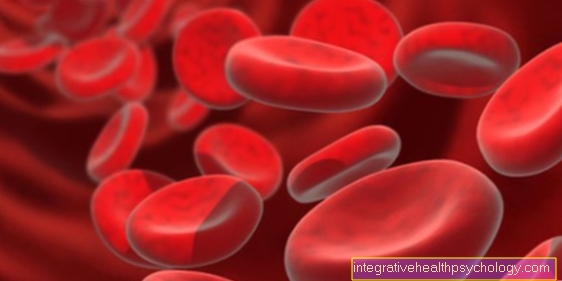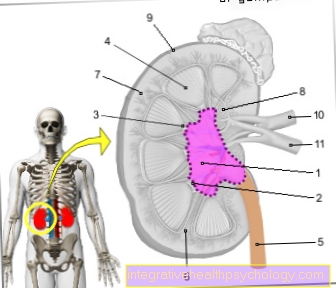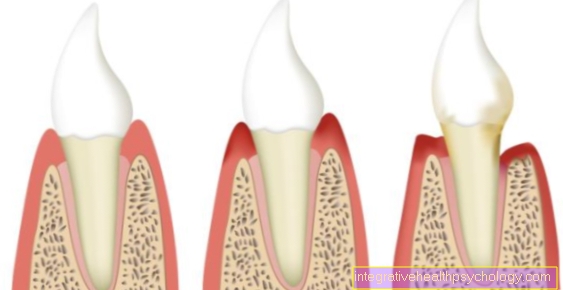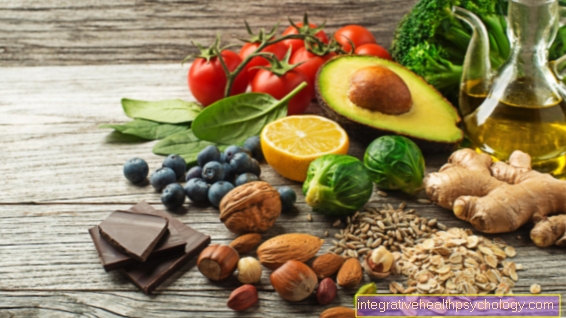Pansy

Latin name: Viola tricolor
Genus: Violet family
Common names: Field pansy, wild pansy, trinity flower
Plant description
The pansy is well known annual plant, about 20 cm tall, lanceolate leaves, toothed. One distinguishes Garden pansy and wild pansy. The flowers are always similar in shape, the colors very different. You can plain yellow, blue or purple but also mixed colors occur. The flowers of the wild forms are considerably smaller. Flowering time: May to August. Occurrence: In Central Europe Fields, meadows and pastures.
Plant parts used medicinally
The herb and the root. Most often the herb is collected, harvested at flowering time, and in bunches gently dried. The root has the highest saponin content and so this is recommended entire herb with the root to harvest, to clean the roots and then to dry them gently.
ingredients
Saponins, mucus, flavonoids, salicylic acid compounds. Also tannins, bitter substances.
Medicinal effect and application
Works anti-inflammatory especially at Skin disorders the kids like Cradle cap or Eczema. Even with more stubborn ones acne improvement was observed.
In the case of a lack of mucus secretion in connection with Catarrhs the upper respiratory tract affects the pansy expectorant.
preparation
Pansy tea: One sets 2 teaspoons Cut the drug with a large cup of cold water and heat it to the boil, very briefly boil and strain. One is drinking 3 cups a day. This decoction can also be used for skin diseases Soaking gauze compresses or towels can be used as a support.
Combination with other medicinal plants
To Prevention of colds you can have pansies in equal parts Linden blossom mix and drink regularly. To do this, you pour over it 2 teaspoons this mixture with a large cup of boiling water, let steep for 5 minutes, drain and can sweeten with honey.
Pansies can also be part of so-called "Blood purification teas" be. Used preferably for skin diseases. Mix 10g pansies, 10g Dandelion root with cabbage, 10g Buckthorn bark, 5g Elderflower and 5g Fennel fruits. This mixture is used to prepare a tea that can be used for a long time a cup 2 to 3 times a day drinks. 2 teaspoons this mixture is poured over with a large cup of hot water, left to stand for 10 minutes, strained.
Use in homeopathy
Viola tricolor is obtained from the fresh, flowering plant. Applied to Eczema (preferably on the face and ears), cradle cap, pustular rash with crust formation. But also with complaints in the area of urinary tract (Urine smells like cat urine). Patients who need Viola tricolor are also welcome sad and morose mood. Most common use from mother tincture to D3.
Side effects
Very rarely with prolonged use allergic skin reactions.





























